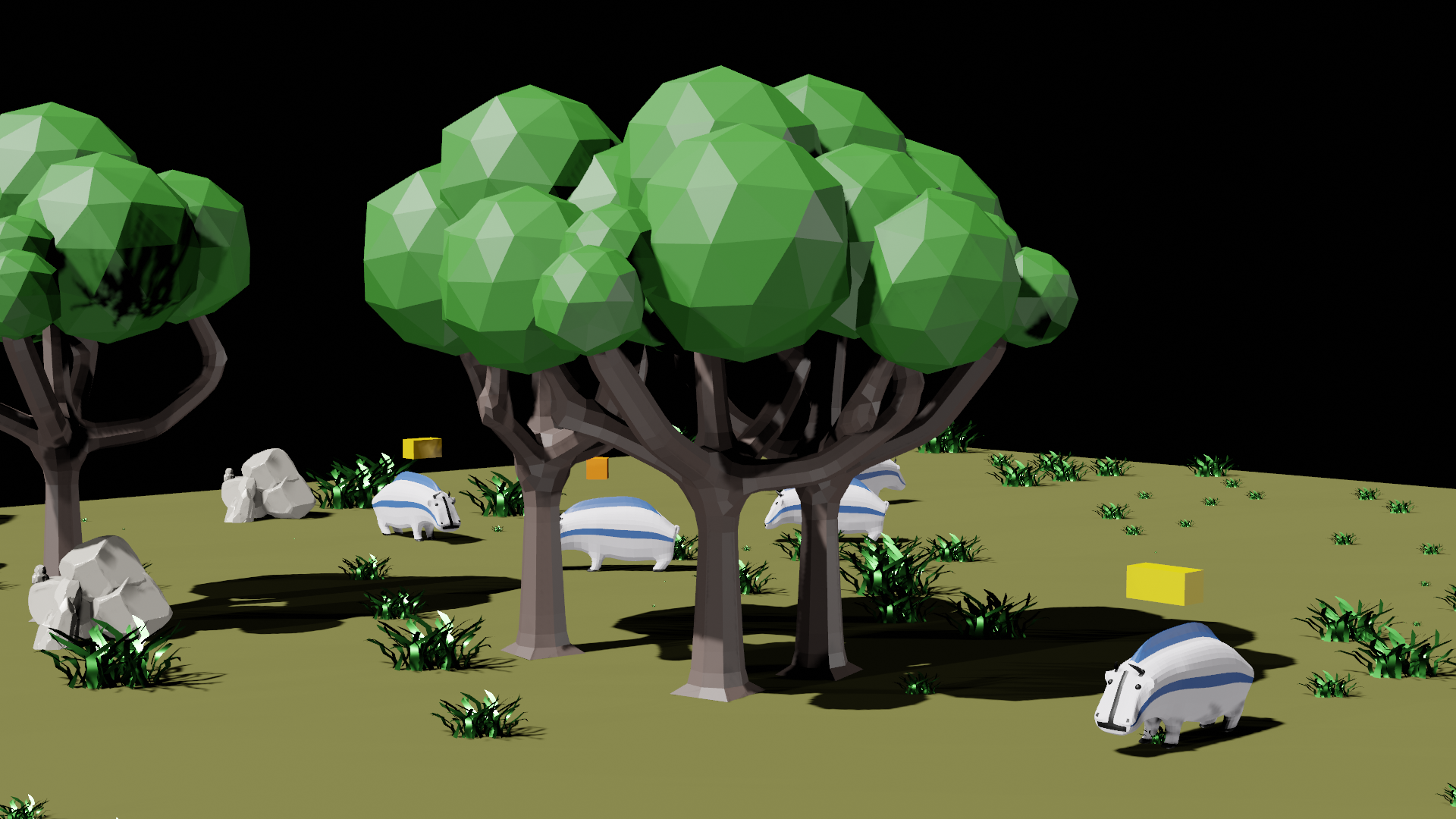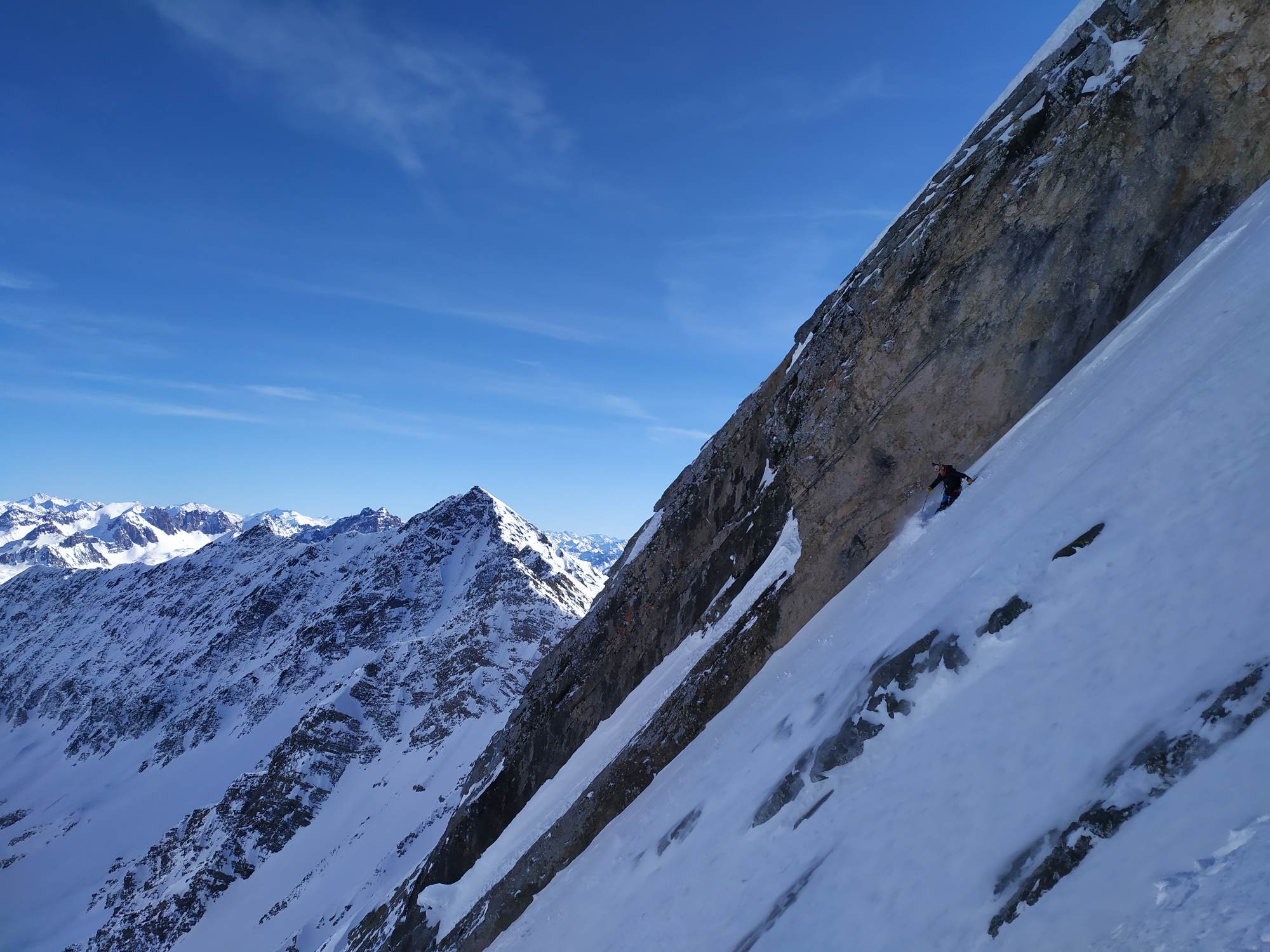Léo Ledru
I hold a Ph.D. in Biodiversity, Ecology, and the Environment from the Alpine Ecology Laboratory (LECA). My research covers a wide range of topics, from studying the spatial dynamics of ecological models to analyzing food webs and exploring eco-evolutionary models. However, all these areas share a common feature: they fall within the realm of theoretical ecology, whether from the perspective of numerical modeling or contemplation of conceptual questions.
For instance, the framework of my thesis "Modelling part-whole interactions in ecology and evolution, spatial structure and multilevel selection" lies in materialist dialectics, a subject specific to conceptual thinking but also guiding the formalization of models in ecology, evolution and biology (and others !). Thus, I can assert that I am interested in both conceptual issues and the technical challenges associated with modeling.
I'm now interested in a job as a modeling/data engineer. This reflects my preference for discovering new themes rather than specializing in a particular field.
Professionally, I've also decided to develop a science popularisation activity through videos (youtube channel) based on modelling to explain what theoretical ecology is. This allows me to combine my taste for exploring new subjects with the technical challenges of modelling.
![]() Download my CV
Download my CV
Skills
- Matlab
- Python
- R
- LaTeX
- Blender
- Git / Github
- Dynamical Systems Analysis (ODE, PDE)
- Spatialy Explicit Individual Based Models
- Descriptive statistics
- Multivariate analysis
- Writing of scientific articles / Scientific and technical toolbox
- Scientific conference
Publications
Trophic Cascade Paradigm’s Complex Reality: The Role of Large-Order Indirect Interactions (In Prep.)
Comparative metabolomics reveals how the severity of predation by the invasive insect Cydalima perspectalis modulates the metabolism re-orchestration of native Buxus sempervirens Plant Biology
The evolutionary dynamics of plastic foraging and its ecological consequences: a resource-consumer model Peer Community Journal
Mutualists construct the ecological conditions that trigger the transition from parasitism Peer Community Journal
Spatial structure of natural boxwood and the invasive box tree moth can promote coexistence Ecological Modelling
Talks
Talk at the Pole-ECLA seminar "Trophic cascades in complex ecological networks."
A 45-minutes presentation in which I discuss our findings on food webs analysis. I redefine the trophic cascade concept and demonstrate that for food webs with sufficient community structure, it is arbitrary not to consider indirect effects that extend beyond those specific to the trophic cascade. Furthermore, I show that taking into account these larger-order indirect effects can lead to interferences with the trophic cascade. Thus, we suggest that significant larger-order indirect effects may be a general cause for cases where the trophic cascade does not manifest as expected in food webs.
Talk at the LECA-CARRTEL inter-laboratory seminar "Re-exploration of the trophic cascade concept: collectivity & indirect interactions."
A 45-minutes presentation in which I discuss our preliminary findings on food webs analysis. I redefine the trophic cascade concept and demonstrate that for food webs with sufficient community structure, it is arbitrary not to consider indirect effects that extend beyond those specific to the trophic cascade. Furthermore, I show that taking into account these larger-order indirect effects can lead to interferences with the trophic cascade. Thus, we suggest that significant larger-order indirect effects may be a general cause for cases where the trophic cascade does not manifest as expected in food webs.
Talk at the LECA-CARRTEL inter-laboratory seminar "The evolution of cooperation in an ecological context: an agent-based model"
A 45-minutes talk in which I replicate the findings of Pepper & Smuts (2000) using a didactic approach supported by engaging visuals (3D animations using Blender and Manim). I also extend the results by incorporating a genuine evolutionary process into the initial model, along with an emerging spatial dynamic rather than one fixed by the experimenter.
Talk at the Gdr TheoMoDive Annual Meeting: "How adaptive is adaptive foraging"
A 20-minutes talk about the evolutionary consequences of plastic foraging.
Poster session at the GfÖ Annual Meeting: "Spatial structure of natural boxwood and box tree moth in Europe can promote long-term coexistence"
Talk at the GfÖ Annual Meeting: "How adaptive is adaptive foraging"
A 20-minutes talk about the evolutionary consequences of plastic foraging in the session "Traits, networks, and ecosystem functioning". I explained how my model shows that the foraging behavior is not always adaptive in the sense of favoured by natural selection. I also showed that the evolution of foraging behavior can have consequence at the community scale, especially on diversification and stability.
Talk at the National Symposium "Boxwood, issues, garden renewal and rebirth"
A 20-minutes talk about my work on the box tree moth invasion. . The symposium is about ecology of conservation so I presented the results about the persistence of the box tree moth and the impact on the natural boxwoods.
Education
University Savoie Mont Blanc
University Aix-Marseille
University Savoie Mont Blanc
High school Ambroise Croizat Moûtiers
High school Ambroise Croizat Moûtiers
Other Interests
Popularization of science
I plan to do science popularization based on youtube videos.
The objective is to propose theoretical ecology topics, with mathematical and numerical analysis, but
with a playful visual.
It also allows me to develop my skills in programming and 3D animation, a field I really enjoy
learning.

Assiduous consumer of scientific content and critical thinking
I follow several scientific videographers (Mr Phi, Science Étonnante, Primer, Veritassium), and critical thinkers (R. Monvoisin, Hygiène Mentale). I enjoy the multitude of subjects, although lately I've been particularly interested in LLMs.

Mountain sports
I am passionate about the mountains and most of the possible ways to travel them: skiing, snowboarding, mountaineering, climbing, trail running, paragliding, cycling. I particularly appreciate the brain shutdown in very long efforts.
I like to share achievements in skiing, mainly because I find this discipline very aesthetic, while trying to stay on the edge of the powerful attractor of social networks.
